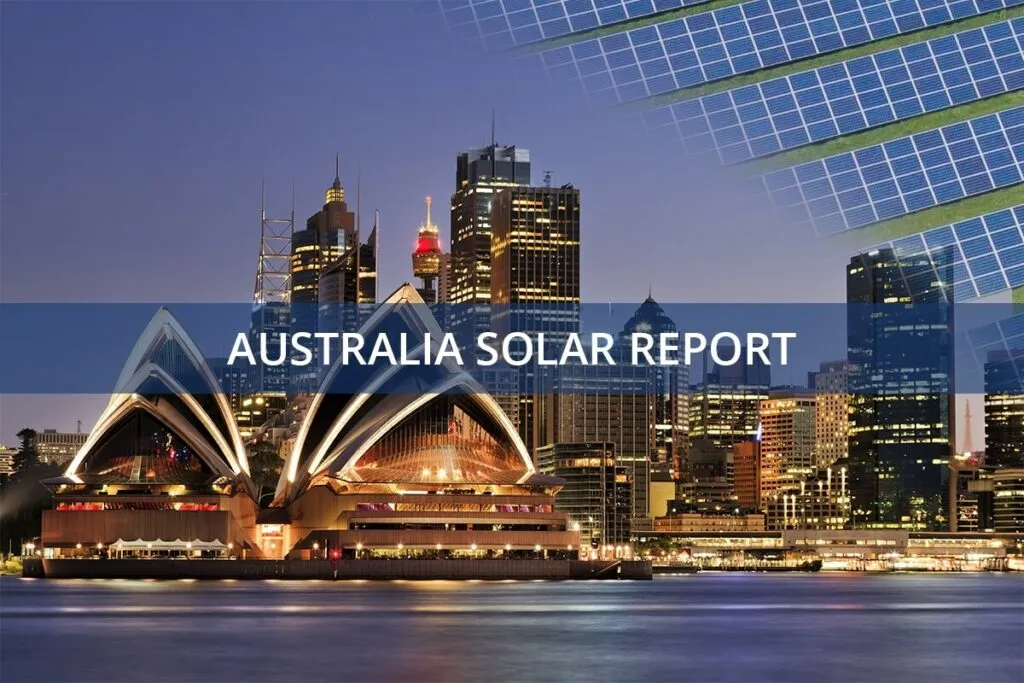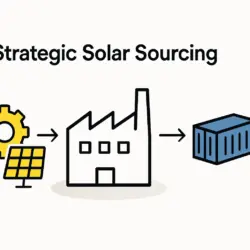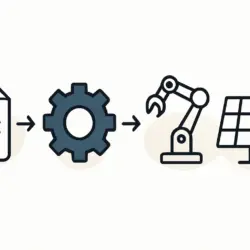Synergy has announced it has submitted plans to develop a massive 2 GW hybrid renewable energy hub in Western Australia’s Wheatbelt. This ambitious project will feature a powerful combination of solar, wind, battery storage, and a green hydrogen electrolyzer, marking a significant step in the state’s energy transition. The development is slated to include a 500 MW solar farm, what will be the largest wind farm in Western Australia at 500 MW, a 500 MW battery energy storage system, and a 500 MW hydrogen electrolyzer.
Synergy’s Hybrid renewable energy Project
State-owned utility Synergy is spearheading the development of a landmark renewable energy hub in Western Australia’s Wheatbelt region. The project is a strategic integration of solar, wind, battery storage, and hydrogen production technologies, designed to enhance both renewable energy generation and overall grid stability.
The Wheatbelt Renewable Energy Hub is planned for a sprawling 5,000-hectare site near the town of Narembeen. The core components include a 500 MW solar farm, an undertaking that relies on a sophisticated solar panel manufacturing process, and a 500 MW wind farm set to be the largest in the state. This scale of development mirrors a global trend, with similar 500 MW hybrid solar projects in Malaysia and ambitious solar initiatives in Oman also making headlines.
Synergy’s CEO, David Fyfe, has highlighted the project’s central role in the company’s strategy to phase out all state-owned coal-fired power generation by 2030. The hub is a cornerstone of the state’s broader decarbonization efforts.
“This project is an important part of Synergy’s plans to retire coal-fired power stations by 2030, and it will help the state meet its target of at least 20% renewable energy by 2030,” Fyfe said.
Hybrid Renewable Energy Hub: A Key Strategy
The Wheatbelt Renewable Energy Hub’s innovative design combines generation with storage and conversion. It will feature a 500 MW battery energy storage system (BESS) and a 500 MW hydrogen electrolyzer. The battery is crucial for grid stability, absorbing surplus solar and wind energy during periods of low demand and discharging it back into the grid when generation is low or demand peaks.
The hydrogen electrolyzer adds another layer of flexibility. It will utilize excess renewable electricity to produce green hydrogen through electrolysis. This clean fuel is a versatile energy carrier with potential applications in transport, industry, and for export, creating a new economic avenue while ensuring no renewable energy is wasted.
The hub is poised to deliver substantial economic benefits to the Wheatbelt region, generating jobs during its construction and operational phases and fostering new opportunities for local businesses. Construction of the solar farm is scheduled to commence in 2026, with the entire integrated hub aiming for completion by the 2030 deadline.
Fyfe emphasized the project’s strategic importance for Western Australia’s energy future, stating, “This project is critical to Western Australia’s energy security and to meeting our renewable energy targets. It will help to ensure that we have a reliable and affordable energy supply for decades to come.”
Western Australia’s Hybrid renewable energy Targets
The Wheatbelt Renewable Energy Hub is a key component of Western Australia’s comprehensive strategy to transition towards a resilient, low-emissions economy. While the state has a foundational target of at least 20% renewable energy by 2030, this project is part of a much larger ambition to decarbonize the grid and move decisively away from fossil fuels.
This hub represents a forward-thinking approach to building a more sustainable energy system. By integrating multiple technologies, it directly addresses the challenge of intermittency associated with wind and solar power, aligning perfectly with the state’s commitment to reducing carbon emissions and increasing the share of renewables in its energy mix.
The project will provide a massive boost to Western Australia’s renewable energy capacity, making a significant contribution to meeting climate goals and reducing the state’s historical reliance on fossil fuels. It will play a crucial role in supporting a stable transition to a low-emissions economy, securing a reliable and affordable energy supply for the future.
If you’re interested in understanding the foundational elements of creating such large-scale solar assets, you can explore the basics of solar panel manufacturing in our free e-course.



